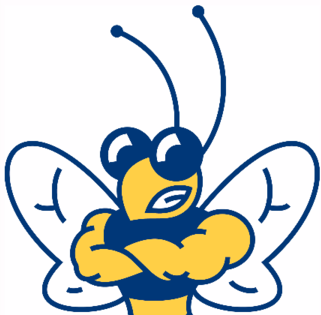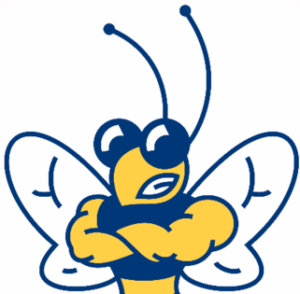
The American Southwest Conference released the news Friday night that the fall sports season will be pushed back to the spring of 2021. For Howard Payne, that means football, volleyball and women’s and men’s soccer will be delayed.
As of Monday morning, the plan is for fall teams to play 50 percent of their schedules, which would allow all athletes in those sports to retain a year of eligibility.
“As of right now, the football team, the volleyball team and the men’s and women’s soccer teams are slated to play 50 percent of their schedule in the spring, and that reserves all of our student-athletes’ eligibility, which was extremely important to myself and (HPU President) Dr. (Cory) Hines,” Howard Payne athletic director Hunter Sims said in a Monday morning interview on KOXE. “There’s a lot of differences between the UIL and the NCAA and one of those big differences is as we postpone, there are a few blanketed waivers out there. The biggest thing is that if we play 50 percent of our regular season schedule or less, every NCAA student-athlete is able to retain that year of eligibility. They do not trigger a year of eligibility if they participate in 50 percent or less of their season schedule.”
Regarding the ASC’s decision to move back the fall sports season, Sims said, “This was a conference decision collectively. For us, it was important to focus on the fall because it is right around the corner. At the very end of the week we had some meetings as the American Southwest Conference athletic directors and faculty athletic reps, which then provide recommendations for what we believe needs to be done to the presidents who would then have a discussion about what kind of action needs to be taken going forward. One thing that was important for us as athletic directors and faculty athletic representatives was to make sure we can stay within the guidelines of what the NCAA has provided for us, and then also maximize the student-athlete experience.”
As for the UIL giving the OK for fall sports compared to the ASC’s decision to postpone, Sims said, “A way the NCAA and UIL are different is the NCAA has a governing body at each level and then the UIL has essentially one governing body over all the classifications.”
While fall sports teams will only practice in the fall semester, the winter and spring sports will take part in their normal preparations for their upcoming seasons.
“One thing I want to make sure I’m very clear on is our spring sports and our winter sports are still as scheduled,” Sims said. “Our fall sports, just competition is postponed. Our students will be coming back Aug. 24. As we adhere to the re-socialization guidelines, one of the blanketed waivers from the NCAA is we have 114 countable days for athletic related activities. So we actually have a few days where we can practice and be around the team and that’s our plan as of now when we get our volleyball, soccer and football teams back. We’re going to start mapping out a road map of what their practice looks like through the fall semester. On campus we’ll be doing practices and intrasquad type things internally, just the competition against outside opponents is what’s delayed.”
While schedules for the fall sports have not been finalized, Sims stated the falls sports campaign can officially begin Jan. 1.
“These are uncharted waters so we have to see how it plays out,” Sims said. “Football normally gets 26 practices before the first competition day. That might have to be adjusted. We’re probably going to have to work backward from the spring semester moving forward.”
For additional information on NCAA sports during the COVID-19 pandemic, Sims stated guidelines can be found online.
“There’s essentially a 17-page NCAA re-socialization guideline,” Sims said. “As you can image any kind of guideline that’s 17 pages is usually pretty strong to adhere to. That was something that was taken vastly into consideration. I can’t summarize all that right now but I would encourage everyone to Google that, look it up and see what the directives are right now. That will give you really good insight to what all the NCAA schools are having to do as far as testing, policies and re-acclimatization.”